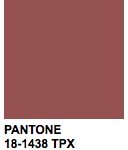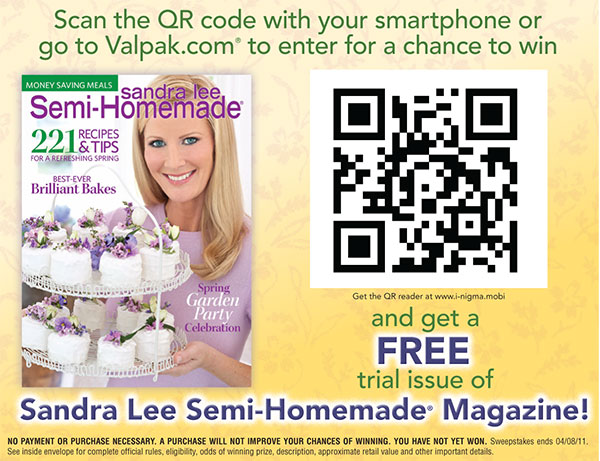With more than 90 percent of consumers checking their email on a daily basis, businesses are quickly realizing this is one of the best ways to reach their target audience.
Whether it’s to spread company news, promote a sale or highlight new products and services, companies are finding great value in their email marketing efforts.
Measure it: One of the greatest aspects of email marketing is just how easily it can be measured. Take advantage of tools that show who read what and where and who didn’t as a way to best determine when to build on successful efforts or fix lagging results.
Use video: Adding videos to emails increases return on investment and monthly revenue by 40 percent. Additionally, click-through rates increase by as much as 3 times when marketers include a video in an email.
Go mobile: Mobile devices offer marketers a way to reach customers wherever and whenever they want. However, this makes creating a solid campaign more critical than ever, since the email will often be judged with just one glance.
Increase open rates: To make an impact, emails need to stand out. Review open rates to see which emails are getting the most interest from your consumers. Make sure each email is serving the customer.
Be recognizable: Since you may have only a second or two to grab your customer’s inbox attention, use a consistent look, format and subject line to make it easy for them to recognize your emails.
Click-through: Since click-through rates gauge your success, be sure to make your call to action loud and clear so consumers have a reason to click on your links. You also need to measure links clicked to guide future content.
RSS feeds: Businesses with regular RSS updates – syndicated live Web feeds — can more effectively connect with their audiences and attract new followers. Sharing RSS content allows organizations to multiply their number of readers, which helps draw in more customers in the long run.
Use templates: Often the easiest and most reliable way to send emails with a branded look and optimize reader response is to take advantage of email templates.
Add social: Emails that include social-sharing buttons have a click-through rate 158 percent higher than emails that don’t. Adding social media to an email strategy can produce large campaign results.
Bottom line: When creating email campaigns, ensure they align with your overall business goals & brand so you can best guide content and strategies.








